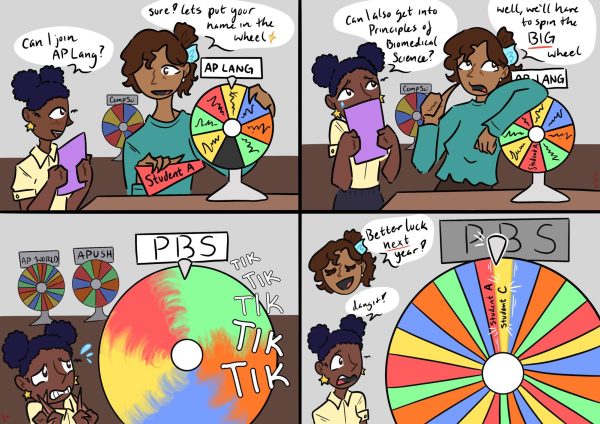City Council must approve Plan Public 2
The San Ramon City Council is currently choosing a new district map for the next decade of city elections.
Each of the four city councilmembers are elected from a district every four years, in addition to an at-large mayor elected every two years. Based on the results of the 2020 Census, the city has to readjust district boundaries to reflect population changes in the city.
When the City Council convenes on March 22 to choose election maps for the next 10 years, councilmembers should vote for Plan Public 2.
Nine maps were created by the demographer the city hired in addition to three maps submitted by the public.
In 1968, the Supreme Court of the United States ruled in Avery v. Midland County that “application of the one man, one vote principle… to units of local government is of broad public importance”, requiring local election districts, including city council districts, to be roughly equal in population.
In practice, this means the total deviation can’t exceed 10 percent.
Plan Public 2 excels by having a deviation of only 1.5 percent, the lowest of any map in consideration, ensuring as much as possible that the principle of “one person, one vote” is upheld.
Although upholding the principle of “one person, one vote” is the main concern in redistricting, other factors such as demographics or sensibility of boundaries can be considered. In considering these factors, Plan Public 2 is reasonable.
Plan Public 2 respects our diversity and roughly reflects the demographic makeup of San Ramon: Districts 1 and 2 have a majority White citizen voting age population, while District 3 has a majority Asian citizen voting age population, and District 4 has an Asian plurality, according to the City of San Ramon website.
Plan Public 2 uses sensible boundaries, having major roads act as the border between districts wherever feasible. Districts 1 and 2 are demarcated by Montevideo, while all four districts at some point use Dougherty, Bollinger Canyon Road, or both in their borders.
The City Council should convene an independent commission for future redistricting, rather than approving the final maps as is currently the case. Although this option may cost more money, it is worth ensuring that councilmembers’ political interests don’t influence their vote when choosing district maps.
We urge the City Council to make the right decision and approve Plan Public 2.

